Got the iPhone iOS 16.1 update? Check your Wi-Fi now
Some of the iPhone users who have updated their device to iOS 16.1 have reported facing random Wi-Fi disconnects. Here is all you need to know.
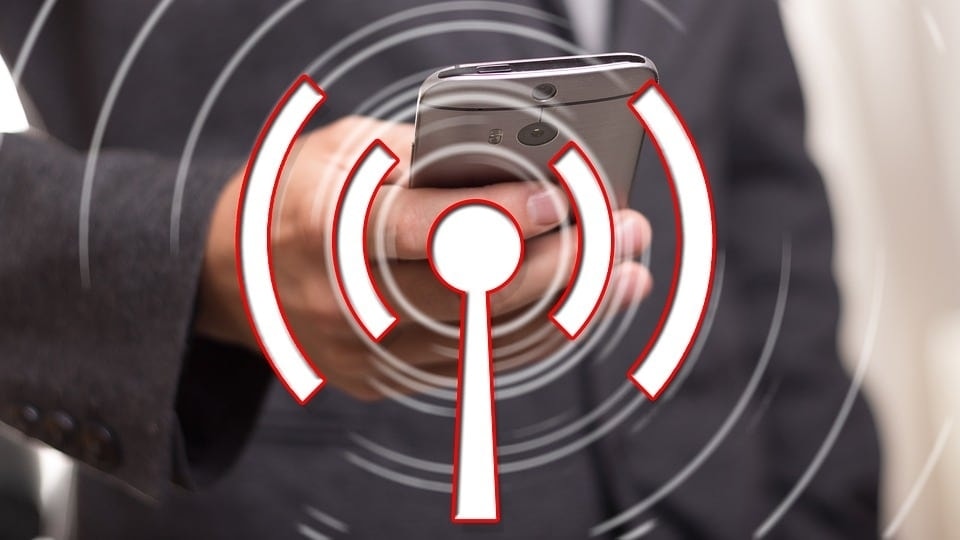
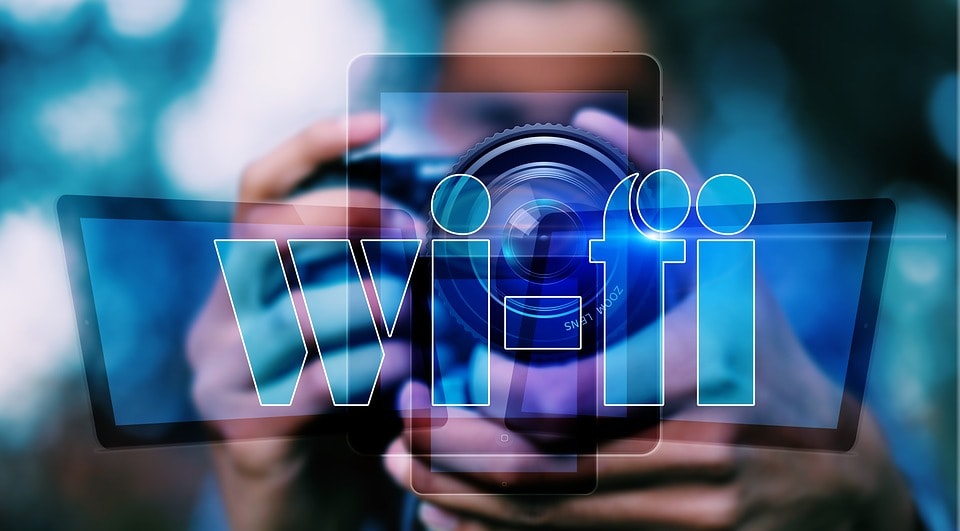
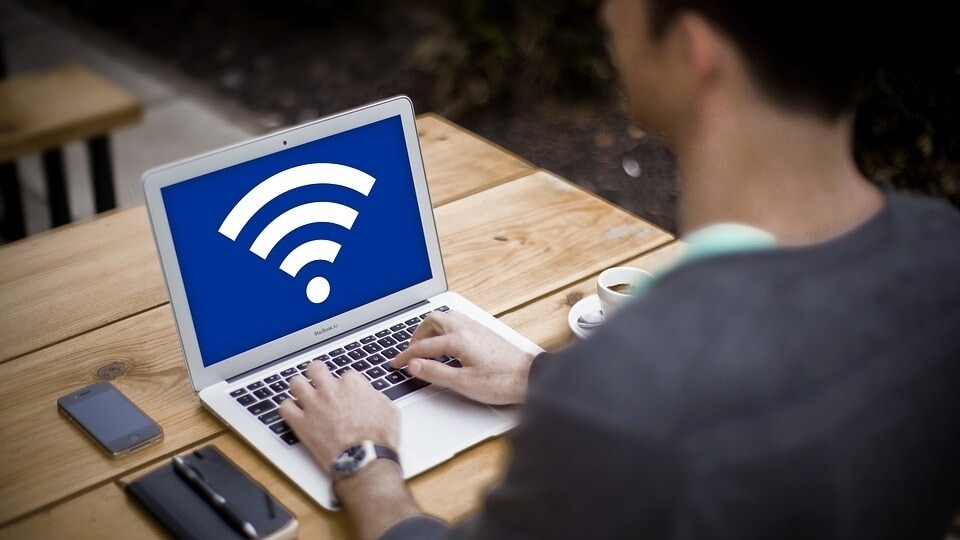

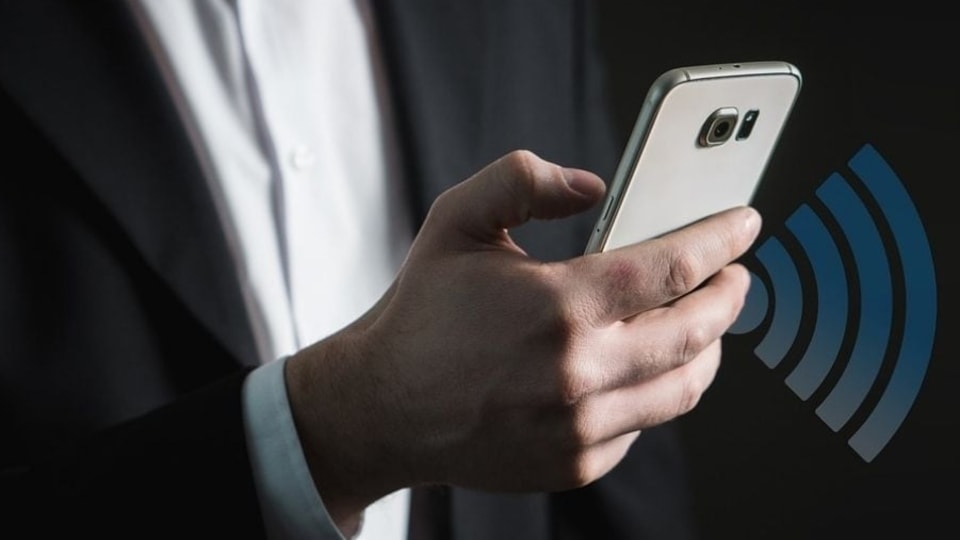
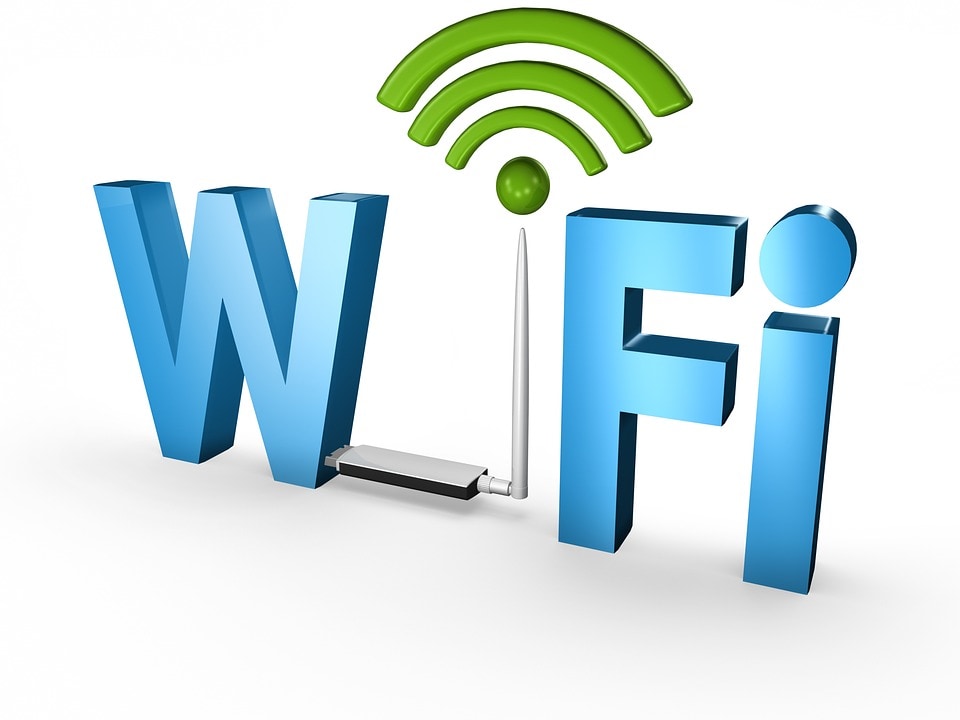
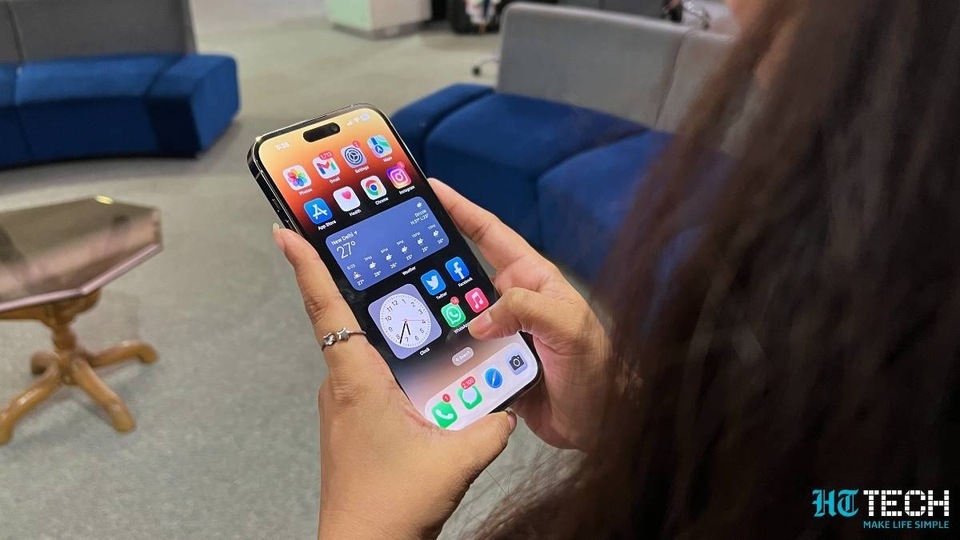
 View all Images
View all ImagesHave you updated your iPhone to iOS 16.1? Some of the Apple iPhone users who have updated their device to iOS 16.1 have reported that their iPhone periodically and sometimes randomly disconnects from Wi-Fi, according to reports across Reddit, Twitter, and the Apple Support community platform. According to the users, after updating to iOS 16.1, they are facing trouble with Wi-Fi as the symbol keeps disappearing and appearing randomly. In fact, for some users, Wi-Fi connects and disconnects every 5 seconds. Even after these iPhone users have tried resetting the network settings, it did not help.
Here are some of the tweets complaining about the Wi-Fi connection issue:
1. "@AppleSupport Hi After update my iPhone xs Max tp ios 16.1 my wifi connect and dis connect by it self every 5 second I make reset to network and reconnect to my wifi and nothing change Any help please."
2. "@AppleSupport I've upgraded to iOS 16.1 , i have trouble with wifi , my wifi sign keep disappearing and appears by itself."
3. "@AppleSupport after updating my iPhone 14 pro max and ipad 12.9 m1 to 16.1 the wifi keeps disconnecting every like 5 seconds it's driving me crazy please look into it."
4. "@AppleSupport Frequently loss connection with wifi after updated 11 pro max to IOS 16.1."
It can be known that Apple released iOS 16.1 last week bringing several new features to iPhone users, including Live Activities. While the company this week has started the beta testing of iOS 16.2. According to a report by MacRumors, the next update to the iPhone's operating system is expected to be released later in the month of November.
Meanwhile, responding to the tweets made by the iPhone users related to issues in Wi-Fi connection, Apple Support shared a list of steps that can be followed if your iPhone, iPad, or iPod touch won't connect to a Wi-Fi network. "Hey there! We'd be happy to take a closer look into what's going on with the Wi-Fi on your iPhone. To get started, give the steps in the following resource a try that can help, and DM us if the issue persists: https://s.apple.com/dE0a7r7H0w," Apple Support tweeted.
How to resolve Wi-Fi network connection issue on iPhone
Make sure that your router is on and you're within range. If you're too far from your Wi-Fi router, you can't get a signal, so make sure that you're within range.
Make sure that Wi-Fi is on and you can see your network: Go to Settings > Wi-Fi and make sure that Wi-Fi is on. Tap the name of your Wi-Fi network to join. A blue checkmark beside a network name means that you're connected. If you see Auto Join Disabled under your Wi-Fi network name, tap it turn on Auto-Join.
If asked, enter your Wi-Fi password. Even if you enter the correct password, you might see an "unable to join the network" message or an "incorrect password" message. Restart all of your devices, then try to enter your password again.
Check for issues with your Wi-Fi network: If iOS or iPadOS detects an issue with your Wi-Fi connection, you might see a Wi-Fi recommendation under the name of the Wi-Fi network that you're connected to. For example, you might see the alert "No Internet Connection." To get more information, tap the Wi-Fi network.
Check your cables and connections: If you still can't connect to your network or get online, make sure that your router is connected to the modem and turned on.
Restart: Try restarting your iOS or iPadOS device. Here's how to restart your iPhone, iPad, or iPod touch. Then restart your router, and cable or DSL modem. To restart your router or modem, unplug it, then plug it back in. After you restart each device, see if you fixed the issue.
If you are still not able to connect, reset your Network Settings. If you're using iOS or iPadOS 15 or later, tap Settings > General > Transfer or Reset [Device] > Reset > Reset Network Settings. If you're using iOS or iPadOS 14 or earlier, tap Settings > General > Reset > Reset Network Settings. This also resets Wi-Fi networks and passwords, cellular settings, and VPN and APN settings that you've used before.
Catch all the Latest Tech News, Mobile News, Laptop News, Gaming news, Wearables News , How To News, also keep up with us on Whatsapp channel,Twitter, Facebook, Google News, and Instagram. For our latest videos, subscribe to our YouTube channel.


























